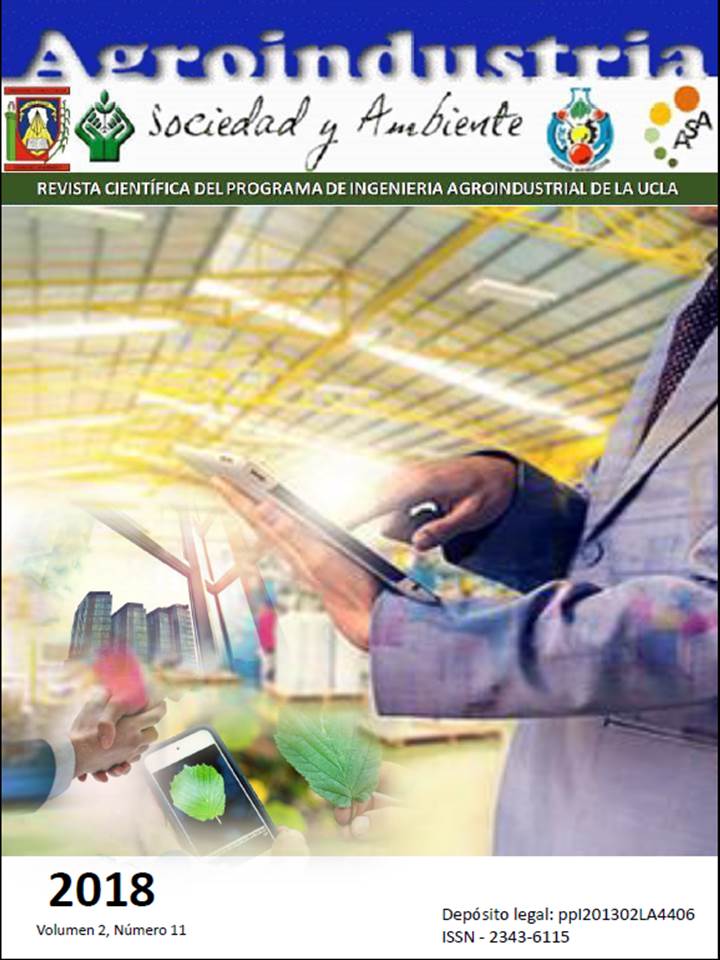Transformación en la enseñanza. Procesos naturales, caso: fotosíntesis
Keywords:
Environmental complexity, natural resources, sociocultural change, teaching, photosynthesisAbstract
The subject of the present essay deals with the fragmentation of two (2) structures of domination, the economic and the ecological each one is based on its own laws; The particular dynamics of operation do not allow the conjunction between the two; Since economic action displaced the ecological system by considering its components and resources only as capital goods by allocating them exchange value, in which the consideration to replace worn environmental conditions can never be compensated, thus generating an environmental complexity; Even more serious is the revealing of the economic system with its defined patterns of behavior oriented towards the consumption of goods and services making positional to the market as the only means to solve the needs and the poverty in the societies, originating with them harmful effects as it has been the Consumerism, dependence, excessive use, uncontrolled natural resources, thus generating pollution and imbalance in the environment, it is significant, education from the primary to the higher levels to promote sociocultural change with the teaching of conservation, use Rational use of natural resources; In particular the vegetable element responsible for carrying out photosynthesis, for the benefits of the balance and functioning of the environment.
Downloads
References
González, A. (1998). Caracterización Fotosintética de Arboles de la Laurisilva Canaria. (Laurusazorica, Persea indica y Myrica faya). Tesis Doctoral no publicada. Universidad de la Laguna.Tenerife-España. p 19.
González E. (2014). La Contaminación y el Proceso de la Fotosíntesis. [En línea]. Universidad Nacional Autónoma de México. Subdirección de Extensión y vinculación. Ciencias Biológicas Químicas y de la Salud. Disciplina: Medio Ambiente. Disponible: http://vinculacion.dgire.unam.mx/Congreso-Trabajos-pagina/PDF/Congreso%20Estudiantil%202014/Proyectos%202014-%20%C3%81rea/1.%20Ciencias%20Biol%C3%B3gicas/medio%20ambiente/2.11%20CIN2014A10220-%20Medio%20Ambiente.pdf. [Consulta: 2017, Marzo 18].
Gudynas, E. (2004). Ecología Economía y Ética del Desarrollo Sostenible. Coscobora ediciones. Uruguay. ISBN 9974-7616-7-0. [En línea].Disponible en: www.ecologiapolitica,net/gudynasDS5.pdf. [Consulta: 2015, Agosto 30].
Leff, E. (2000). Complejidad Ambiental. [En línea] ]https://books.google.es/books?hl=es&lr=&id=EL0c087NugYC&oi=fnd&pg=PA1&dq=+complejidad++ambiental+pensar+la+complejidad+ambiental&ots=kzEEQLdr4I&sig=BVGPs5Ax5MWbKIVEmnvXYjl4zDE&output=html_text. [Consulta: 2016, Noviembre 12].
Magdalena, N. (2007). Introducción a la Obra J. Piaget. Facultad de Psicología. [En línea]. Disponible: www.franjamorada-psico.com.ar. [Consulta: 2016, Noviembre 11].
Published
How to Cite
Issue
Section




